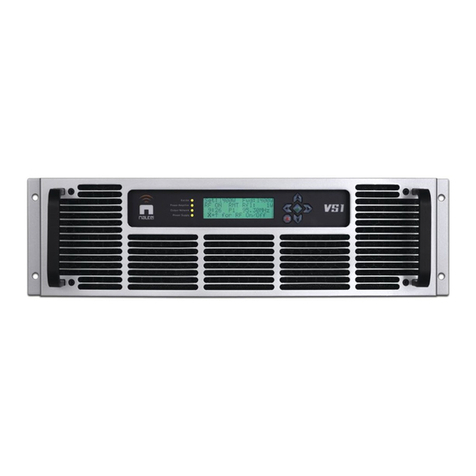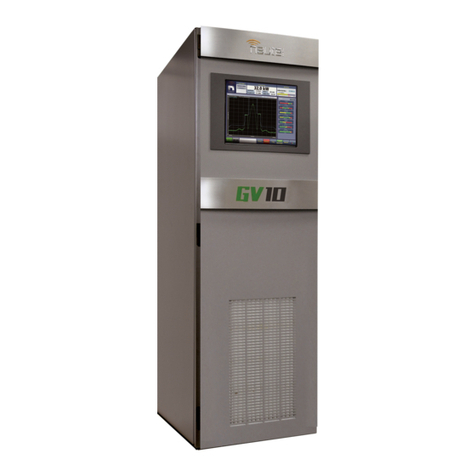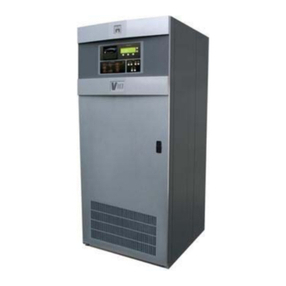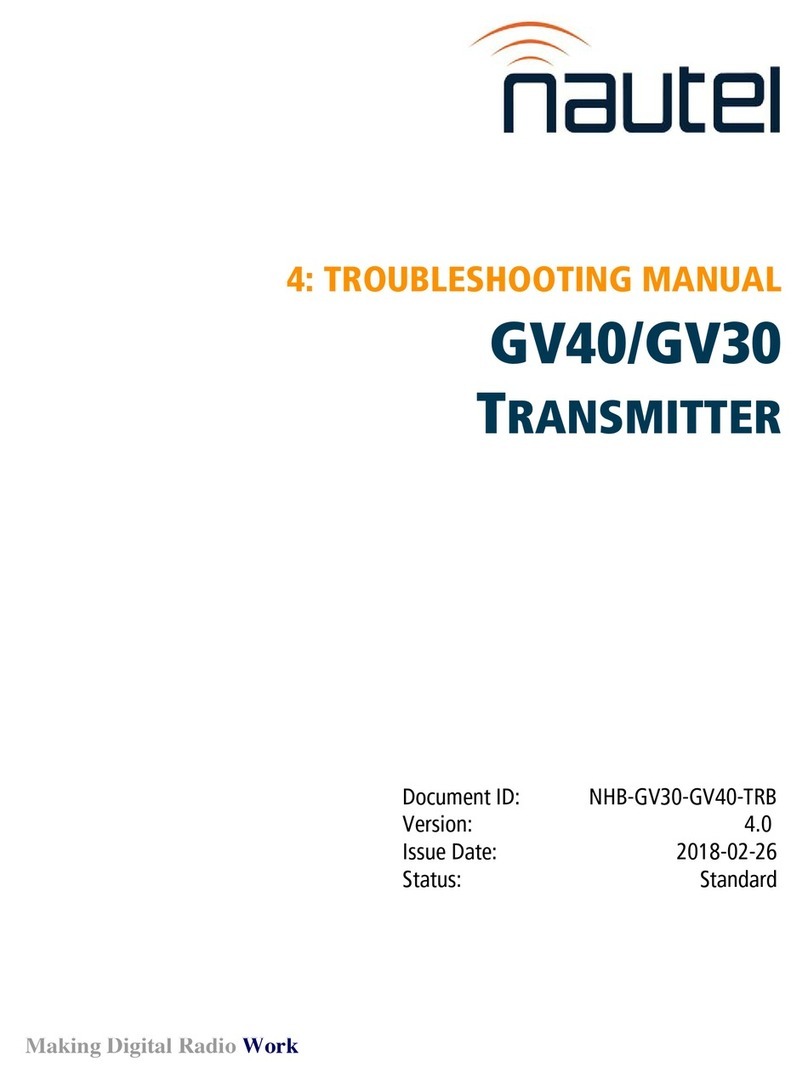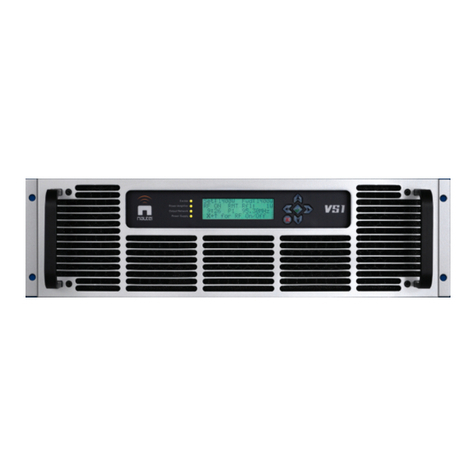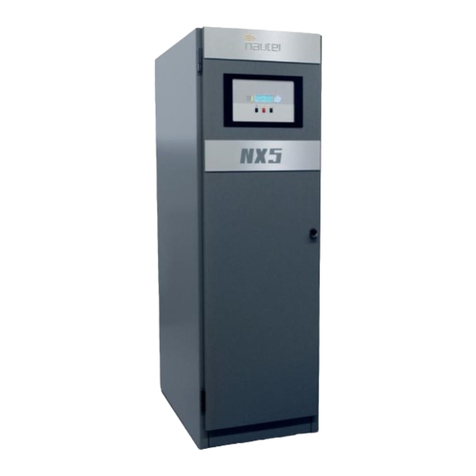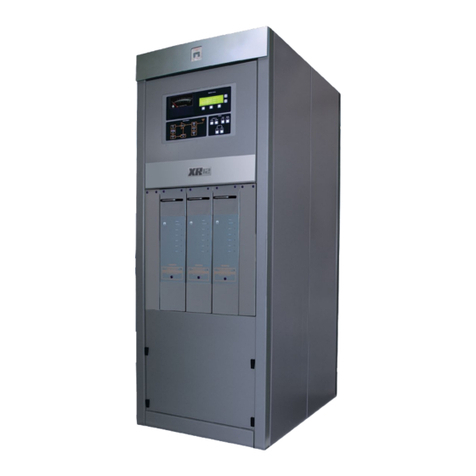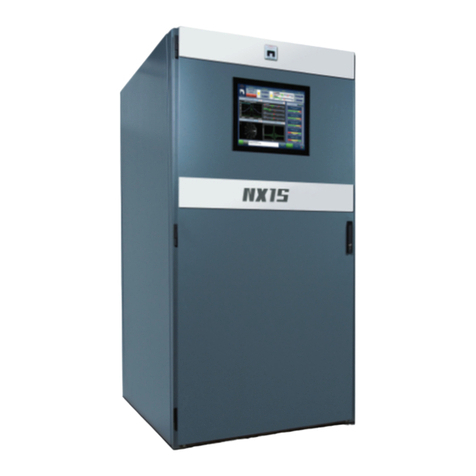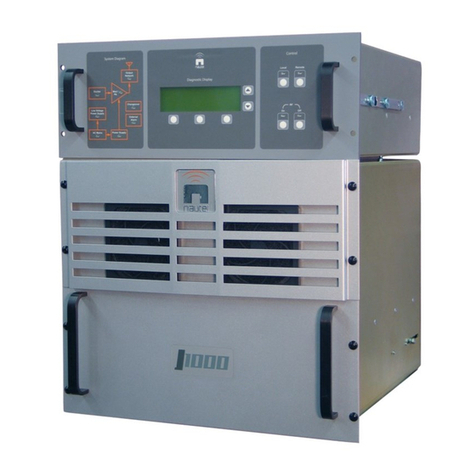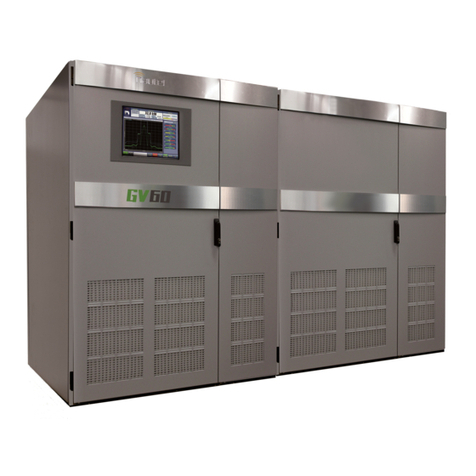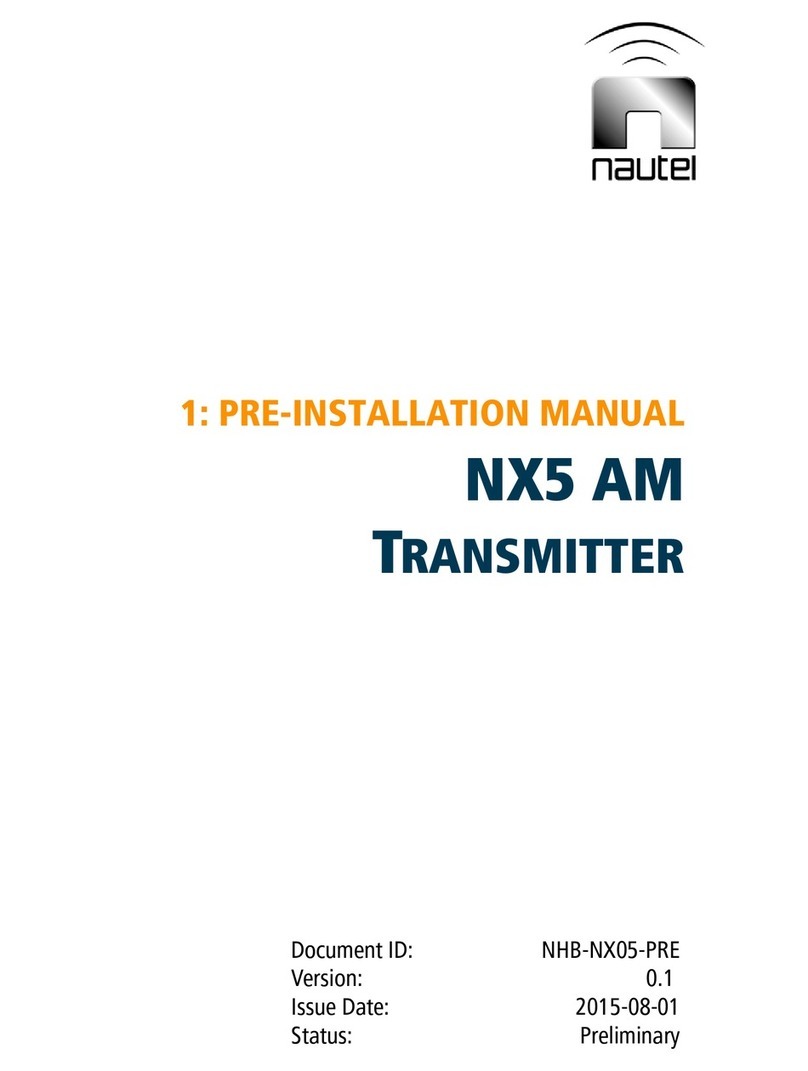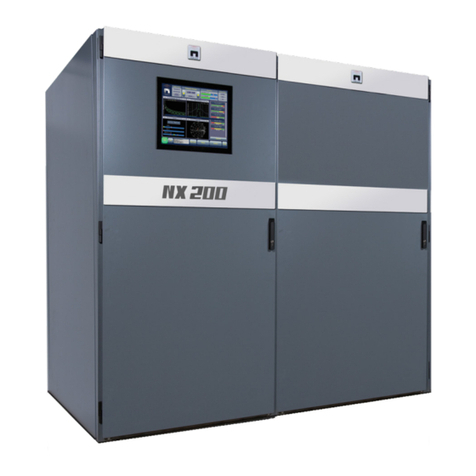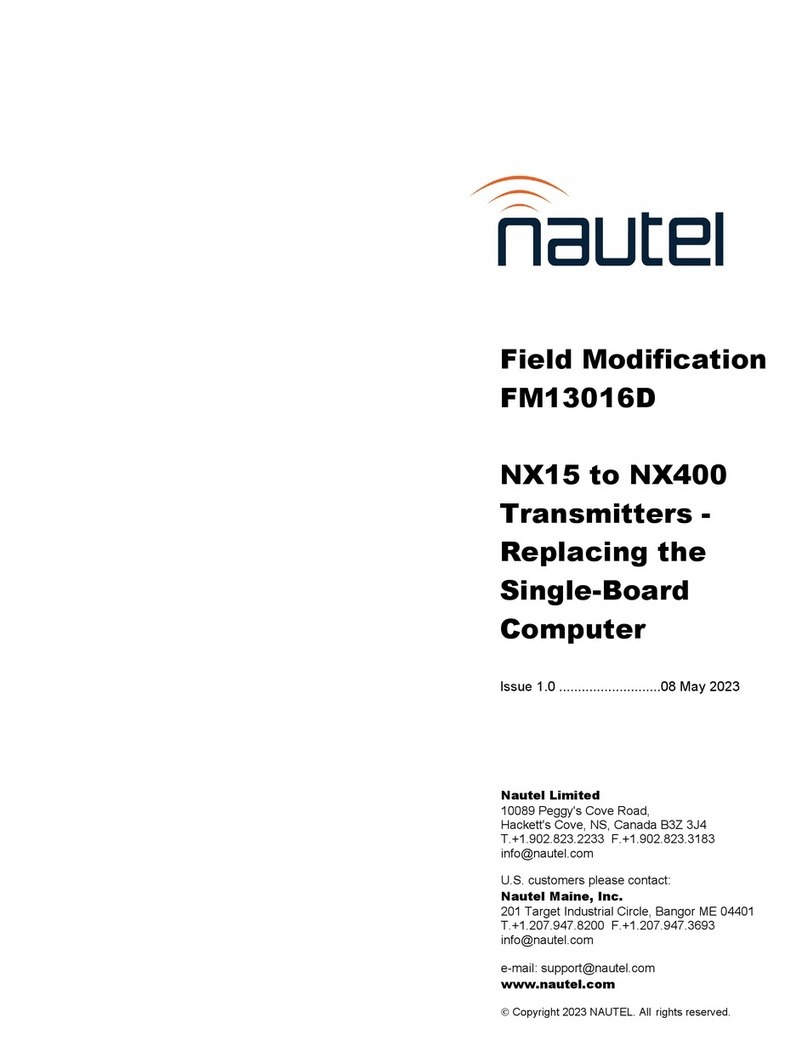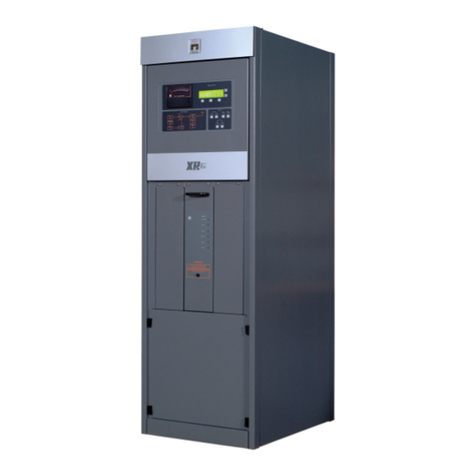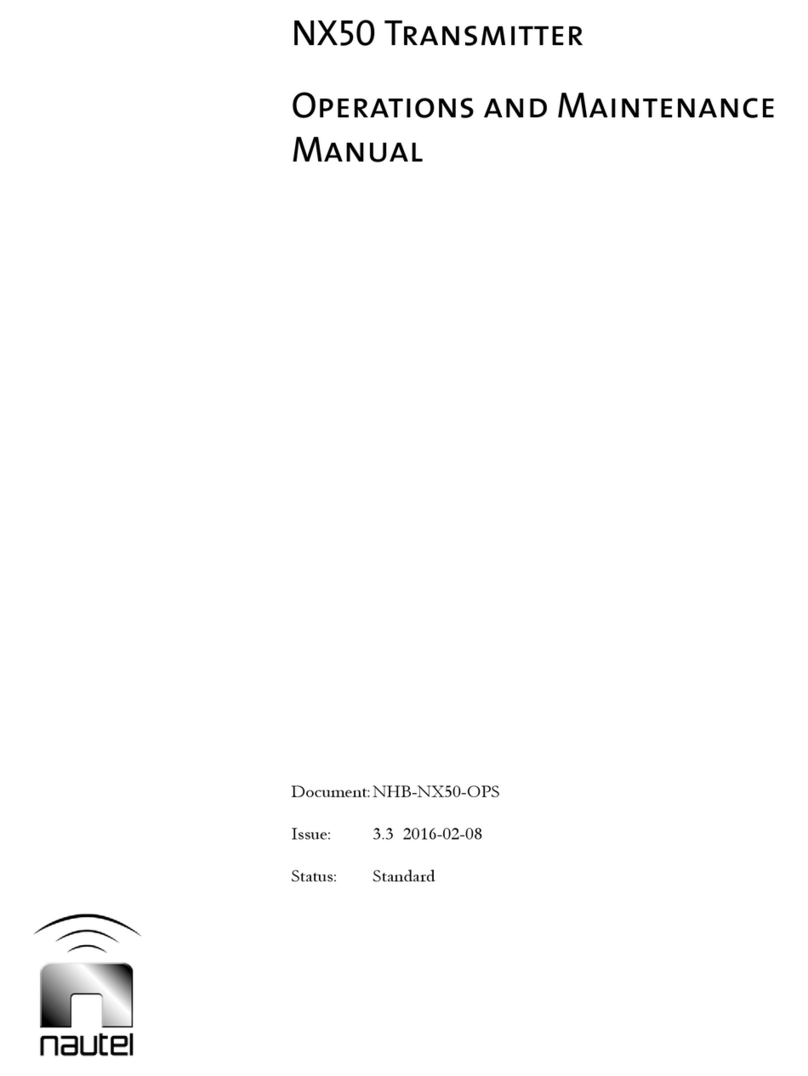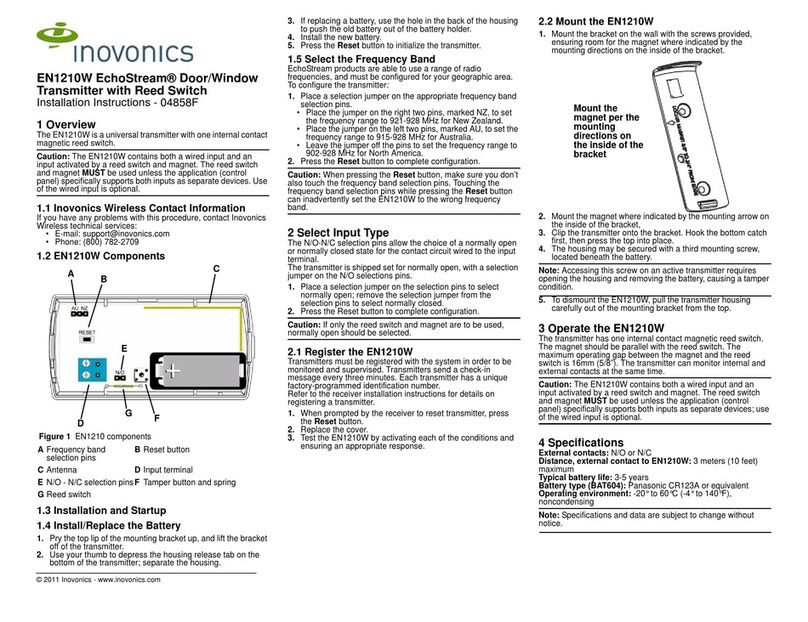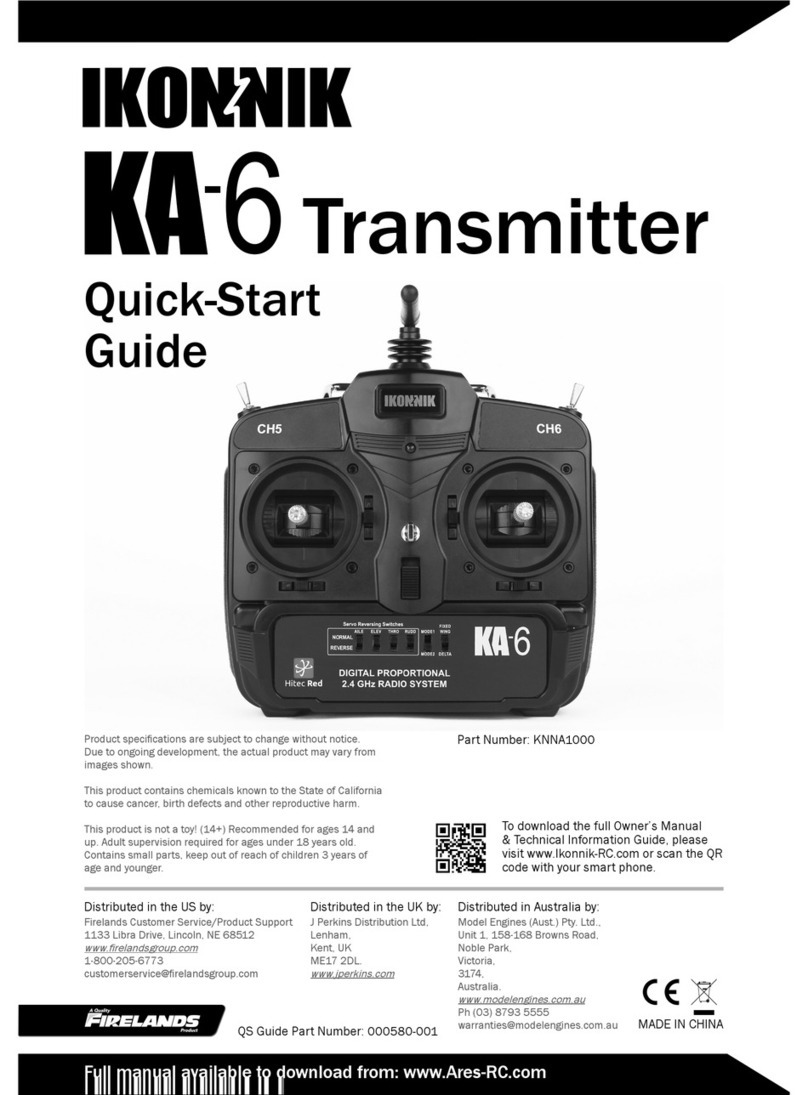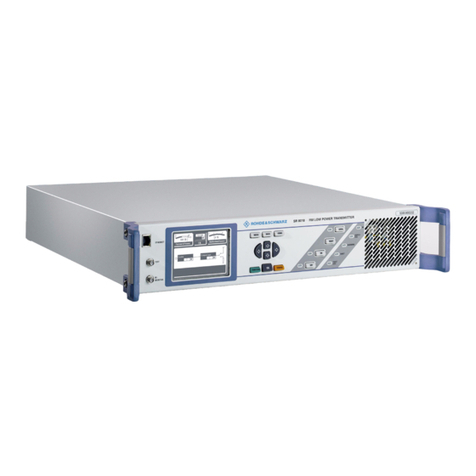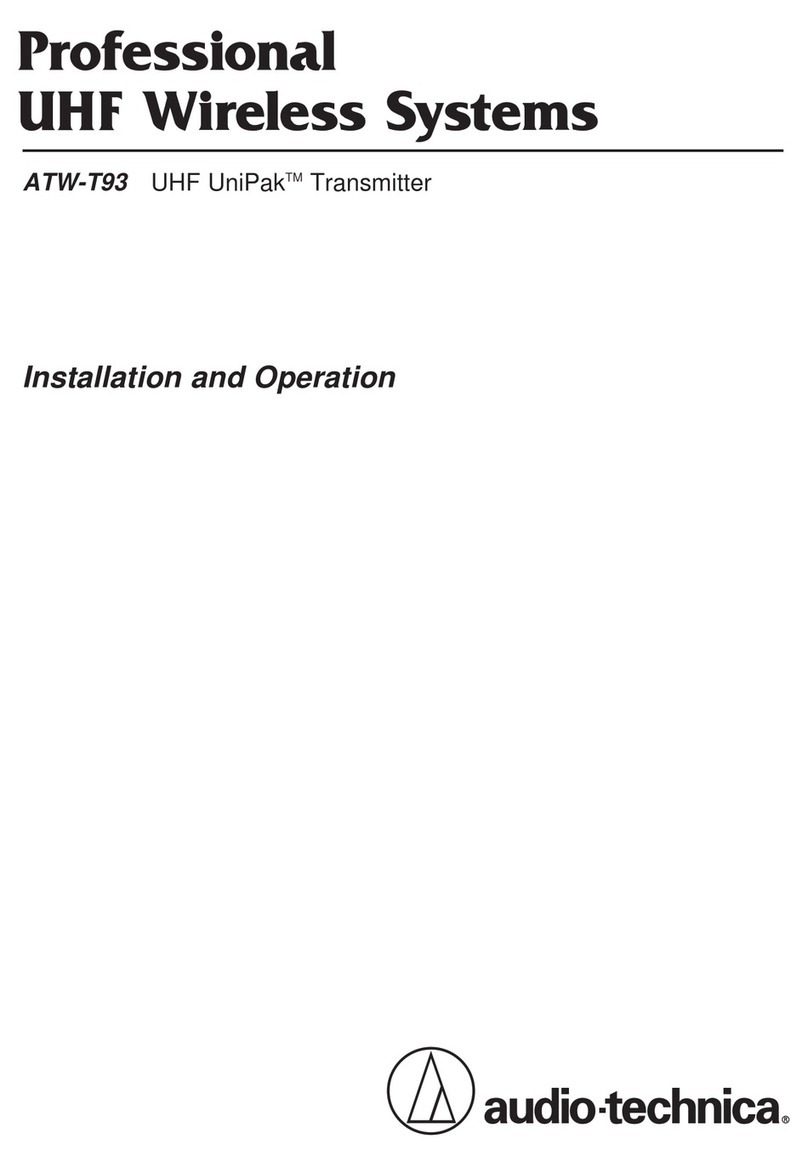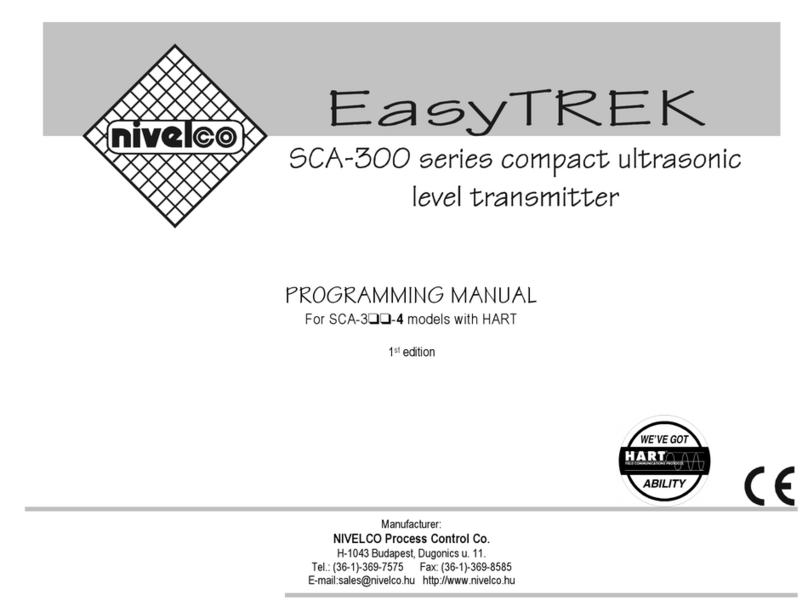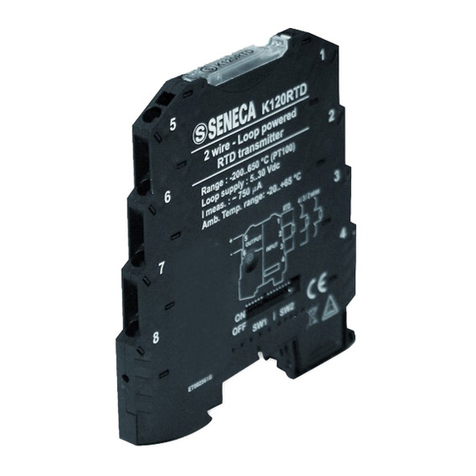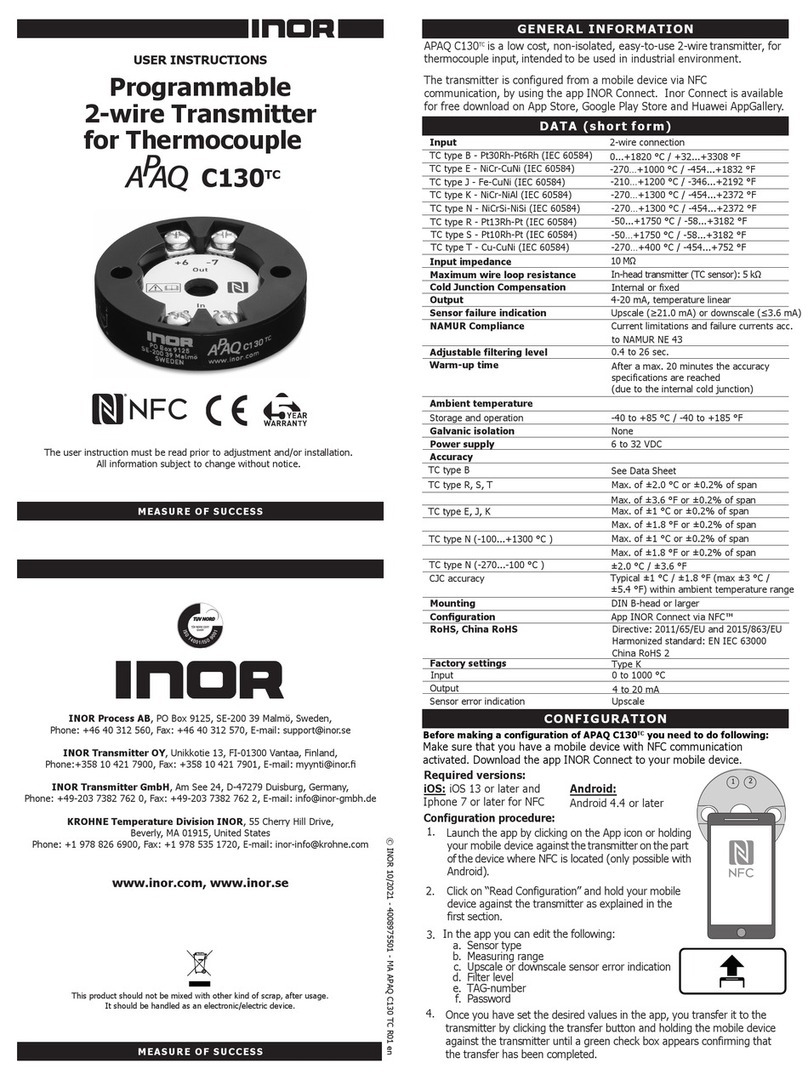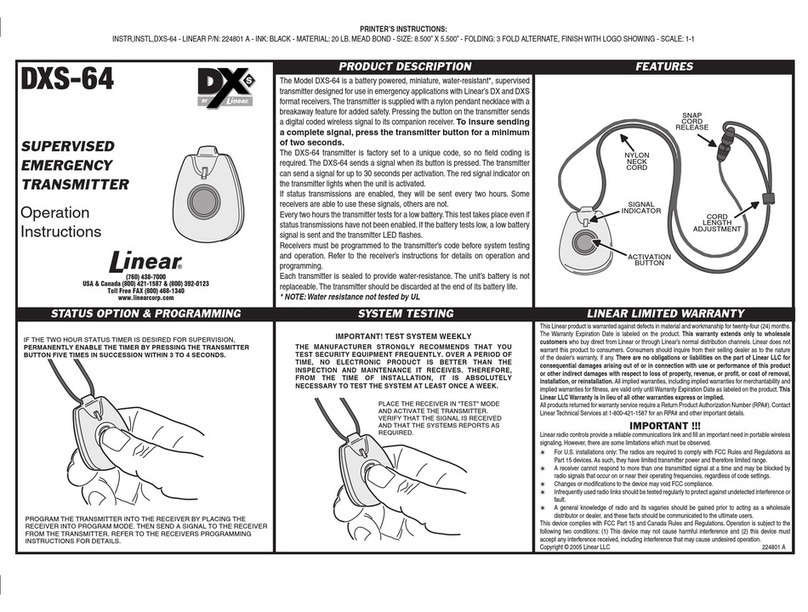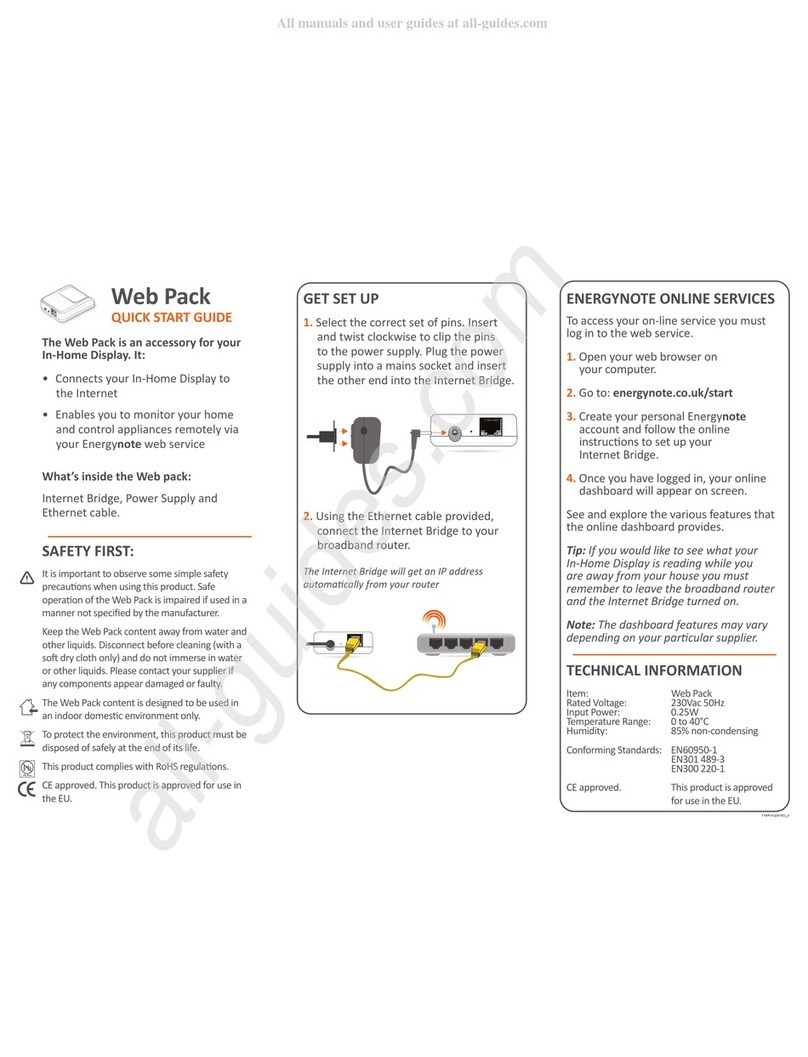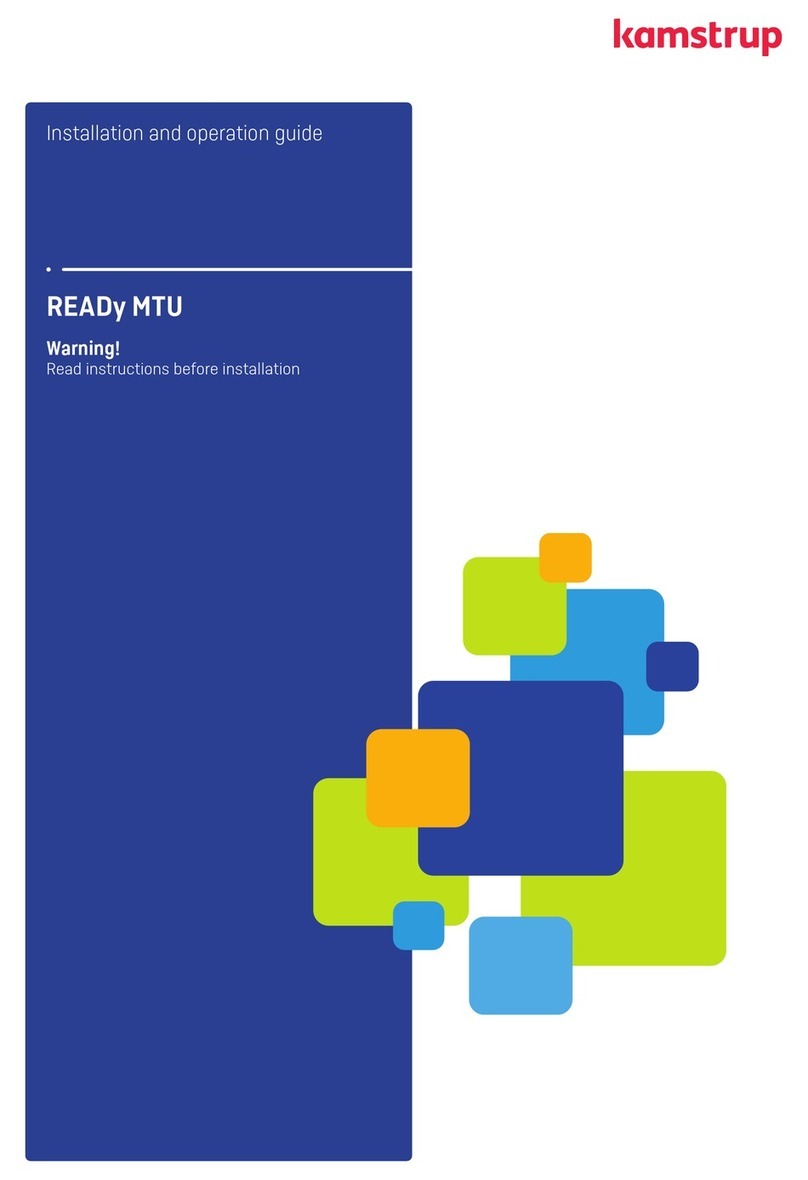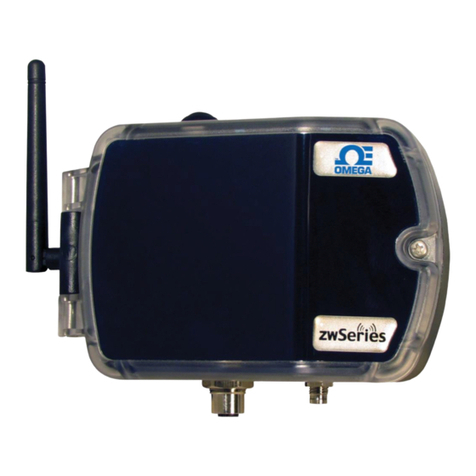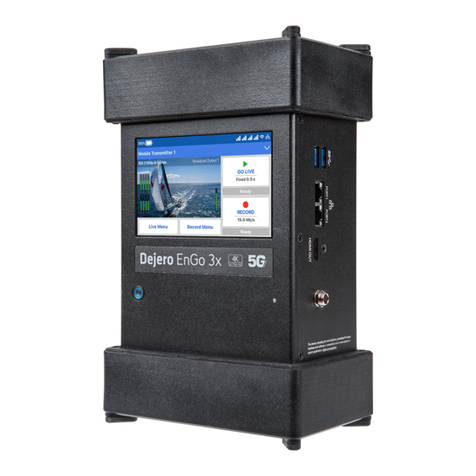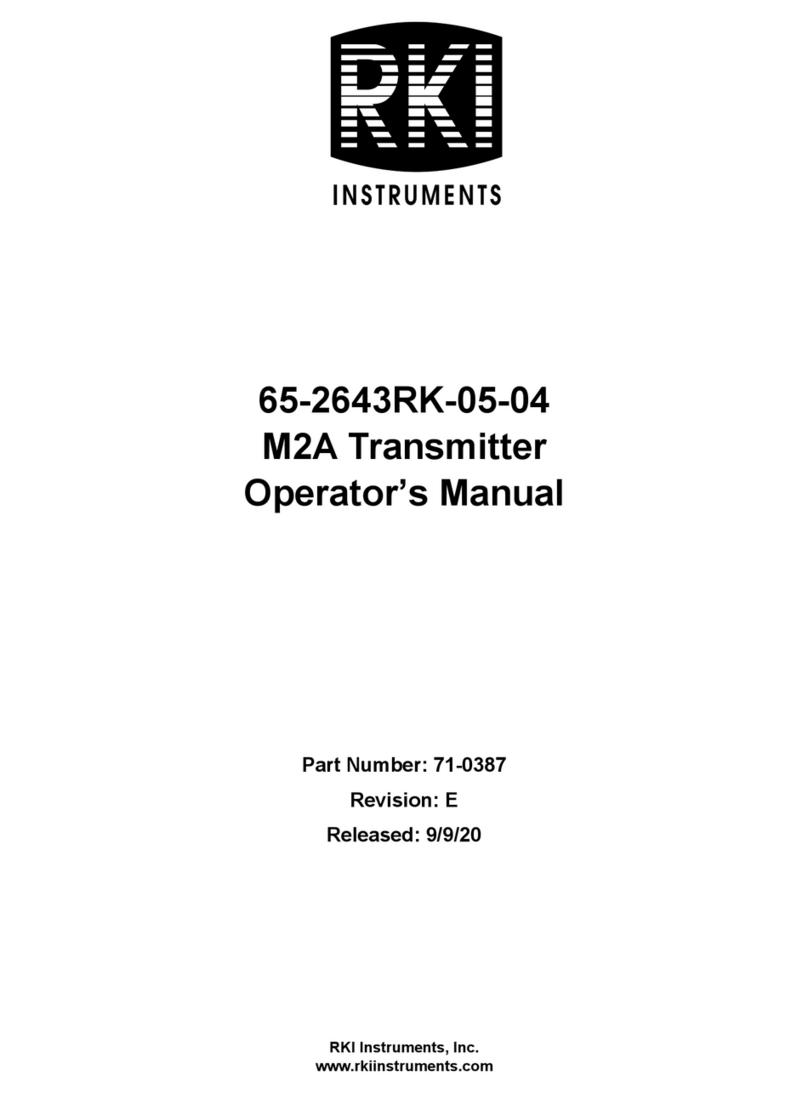
NX25/NX15 Troubleshooting Manual Responding to alarms
Page 1-2 Issue 5.0 2016-05-06
Remote troubleshooting
Remote on-air troubleshooting consists of monitoring the transmitter's radiated signal using an on-air
monitor, and observing the status of each remote fault alarm indicator. Information obtained from
these sources should enable an operator to decide whether an alarm response may be deferred to a
more convenient time, an immediate corrective action must be taken, or if a standby transmitter must
be enabled (if one is available). It is recommended that the significance of remote indications, and the
appropriate responses, be incorporated into a station's standard operating procedures. Refer to
“Identifying an alarm” on page 1-4 to determine the remedial action required for a given fault.
Local troubleshooting
Local on-air troubleshooting consists of monitoring the transmitter's integral meters and fault alarm
indicators. Analysis of this data will normally identify the type of fault, and in most cases will
determine what corrective action must be taken. Refer to “Identifying an alarm” on page 1-4 to
determine the remedial action required for a given fault.
The power amplifier stage contains an integral modular reserve (IMR) feature. This feature permits
the transmitter to operate at a reduced RF output level when a malfunction occurs in one of its power
modules. Station operating procedures will dictate whether a reduced RF output level is acceptable.
When a reduced RF output level can be tolerated, replacement of the defective RF power module
may be deferred to a convenient time.
A defective RF power module may be removed from the transmitter for servicing, while the
transmitter is operating, provided that the conditions in the removal instructions detailed in
“Removing an RF power module” on page 1-45 are met.
Off-air troubleshooting
Off-air troubleshooting must be performed when the replacement of a defective RF power amplifier
module, or routine on-air calibration adjustments, will not restore operation.
It is recommended that the transmitter’s output be connected to a precision 50 resistive dummy
load (rated for 1.5 times the maximum transmitter power rating) before starting off-air
troubleshooting procedures. If an appropriate dummy load is not available, troubleshooting for a
majority of faults can be performed with RF power stage turned off. The transmitter may remain
connected to its antenna system for these procedures.
NOTE:
Reduce the RF output level to a minimal value when troubleshooting faults in the power
amplifier stage while the transmitter’s RF output is connected to the antenna system.
